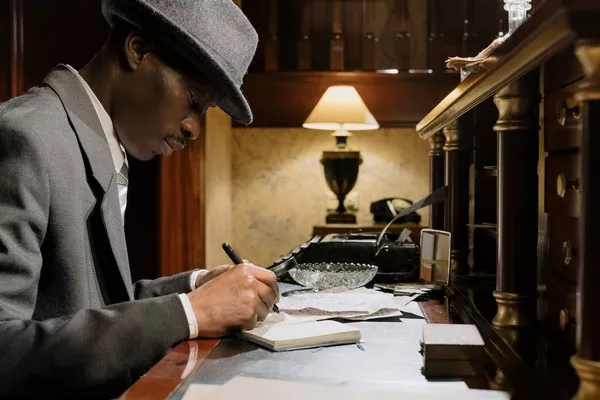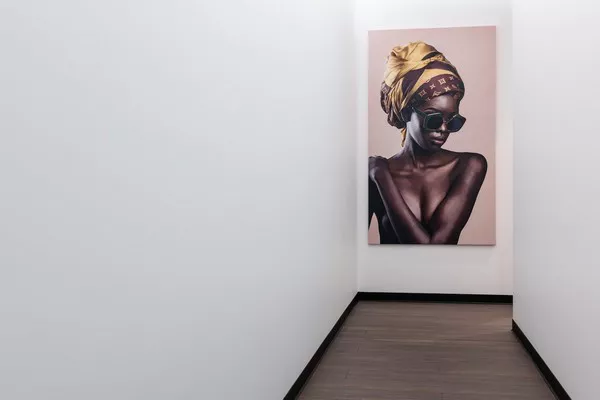In the midst of Greta Gerwig’s groundbreaking “Barbie” film, which continues to dominate the box office and spark discussions as one of the summer’s most captivating movies, Kelly Hayes McAlonie and Despina Stratigakos emphasize the profound implications of the film for women on a global scale.
As collaborators alongside Mattel in the conception of Architect Barbie, Hayes McAlonie, the director of campus planning at the University at Buffalo, and Stratigakos, a distinguished professor of architecture within the School of Architecture and Planning at UB, herald the film as a “brilliant” piece of cinema. Witnessing their creation magnified on the silver screen left them exhilarated.
Hayes McAlonie reminisced, “The sight of our doll featured in the movie’s opening sequence was an electrifying moment indeed.”
The initiative to devise a Barbie that served as a spirited symbol for women navigating a traditionally male-dominated arena held immense importance for Hayes McAlonie and Stratigakos. Their shared commitment to broadening gender parity and representation in architecture propelled this undertaking. Hayes McAlonie authored a biographical work centered on Louise Blanchard Bethune, the trailblazing inaugural female professional architect. Meanwhile, Stratigakos penned “Where Are the Women Architects?”, a seminal book delving into the persistent underrepresentation of women in the realm of male-dominated architecture. In 2011, their collaboration with Mattel bore the fruit of Architect Barbie.
Experiencing the film together, Hayes McAlonie and Stratigakos delved into the profound significance of Barbie, both as a figurine and as a cinematic creation.
“A Potent Catalyst for Change”
“I view Barbie as a potent catalyst for disruption,” articulated Stratigakos, a former vice provost for inclusive excellence at UB. “Her embodiment of ‘Barbie-ness’ can serve as a potent catalyst, especially in environments entrenched with multifaceted masculine norms that obstruct dialogue about transformation.”
Hayes McAlonie chimed in, “The Architect Barbie project instigated conversations about the status of women, fueling panel discussions across the nation on their role in the profession. This, in turn, spurred crucial initiatives aimed at fostering gender equity within architecture.”
Why Opt for Barbie?
“Barbie remains an influential cultural icon,” affirmed Stratigakos. “We sought to harness that influence to spotlight gender equity issues within architecture and concurrently convey a message to young girls: Authentic architects embrace pink!”
“I also perceived the doll as a pedagogical tool,” Hayes McAlonie contributed. “Through Architect Barbie workshops, we were able to underscore the significance of design in shaping our physical environment. We introduced design exercises that allowed children to envision their ideal houses. It presented an enjoyable way to illustrate the architect’s craft and the value of design.”
“The film serves as a poignant reminder of the strides women have made in six decades, but also underscores the extensive journey ahead in attaining gender parity within society and particularly within architecture,” Hayes McAlonie stressed.
Stratigakos noted, “Barbie challenging the established patriarchy offered a blend of the surreal and the gratifying. Greta Gerwig encapsulated the profound peculiarity of it all.”
Stratigakos further asserted the film’s significance, highlighting “the spotlight it places on the influence of female audiences and feminist directors. Additionally, we shouldn’t underestimate humor’s capacity to deflate societal norms.”
“However,” she cautioned, “dismantling the patriarchy cannot be left to a mere doll, let alone a corporate entity. Perhaps after her appointment with a gynecologist, Barbie could make her way to the voting booth.”


























